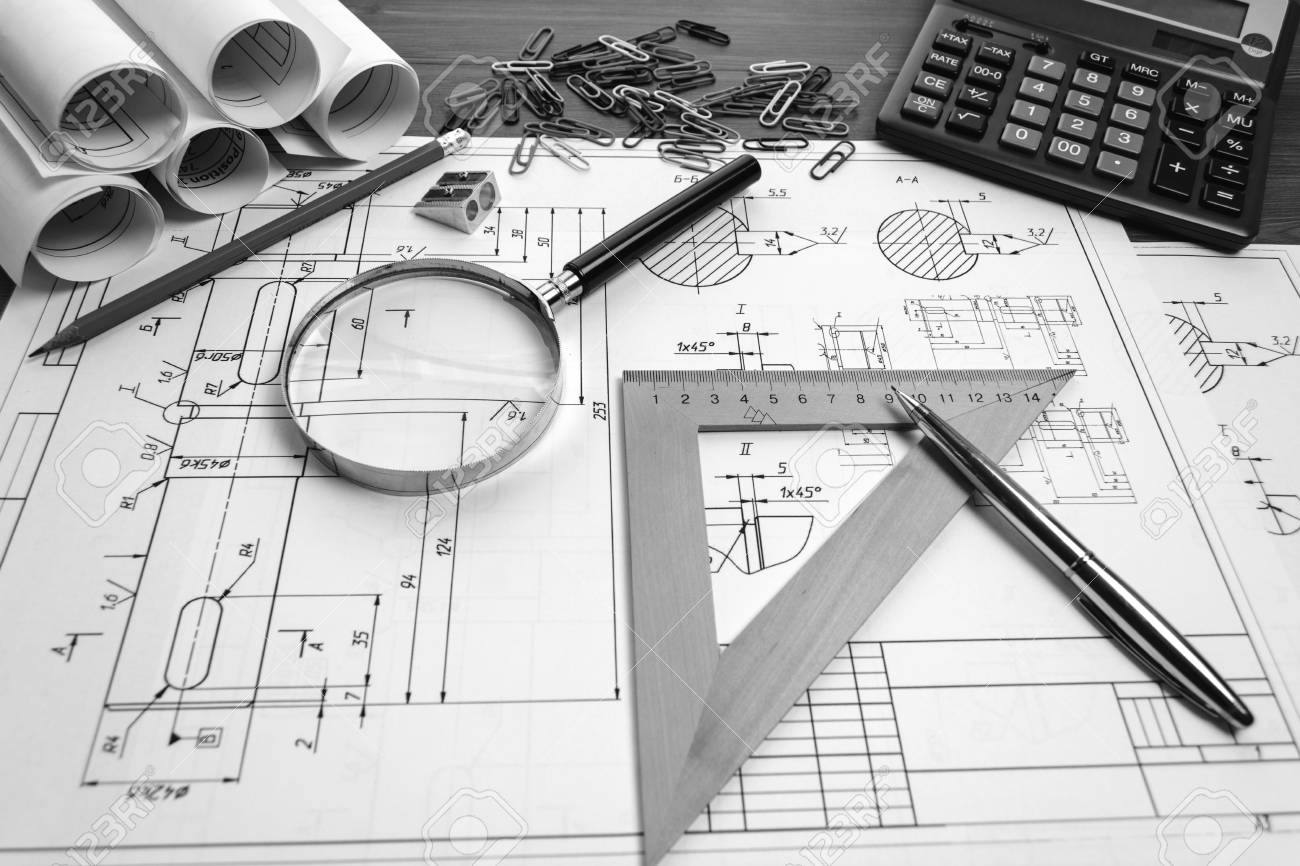INTRODUCTION TO ENGINEERING GRAPHICS AND DESIGN (EGD)
Engineering Graphics and Design (EGD) teaches internationally acknowledged principles that have both academic and technical applications. The emphasis in EGD is on teaching specific basic knowledge and various drawing techniques and skills so that the EGD learners will be able to interpret and produce drawings within the contexts of Mechanical Technology, Civil Technology and Electrical Technology

The main topics of EGD:
- General drawing principles for all technological drawings
- Free-hand drawing
- Instrument drawing
- First- and third-angle orthographic projections
- Descriptive and solid geometry
- Mechanical working drawing
- Civil working drawing
- Isometric drawing
- Perspective drawing
- Electrical diagrams
- Interpenetrations and developments
- Loci of helixes, cams and mechanisms
- The Design Process
- CAD (Computer-Aided Drawing/Design).
The requirements for offering EGD:
- A large file
- A3 drawing board with a T-square
- Masking tape
- Drawing pencil: 2H, 3H or 4H
- Eraser
- Ruler
- 30˚/60˚ drawing set square
- 45˚ drawing set square
- Drawing compass, preferably with an adjustment wheel
- Divider
- Small protractor
- Dust cloth
- Calculator
EGD career opportunities:
- Architecture
- Most engineering fields (e.g. Civil, Mechanical, Aviation, Maritime, Agricultural, Mining, etc.)
- Medical technician
- Industrial designer
- Interior designer
- Landscape architect
- Quantity surveyor
- Building management
- City planner
- Land surveyor
- Teacher
- Graphic illustrator
- Jewellery designer
- Model builder (scale models)
- Draughtsperson (e.g. Steel structure, Architectural, Civil, Design, Electrical, etc.)
- Technicians
- Most manufacturers
- Most artisans
- CAD system operator
